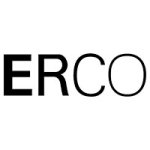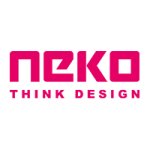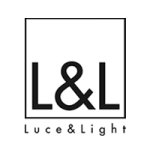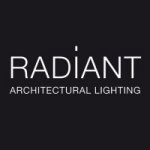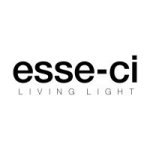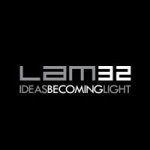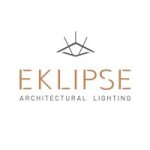Architectural lighting refers to the thoughtful use of light to create illuminated spaces that are visually appealing, functional, and conducive to the intended activities and experiences within them. Architectural lighting is more than a technical addition; it becomes infused with the essence and character of the architecture. It is a tool that architects and designers use to enhance, celebrate, and unify the architectural elements, ultimately contributing to a cohesive and enriched spatial experience for those who interact with the built environment. The goal of architectural lighting is to create an environment where the lighting is both functional and aesthetically pleasing, seamlessly blending into the architectural and natural context.
Architectural lighting design
Aarchitectural lighting design is a dynamic and creative process that begins with envisioning how light can enhance a space, followed by the creation of detailed lighting plans. The creative aspect comes into play as designers craft unique lighting solutions that enhance architectural features, create focal points, and contribute to the desired aesthetic. Architectural lighting is seamlessly integrated into the overall design of a space or structure. It considers the architectural elements, spatial layout, and user experience. Lighting is carefully woven into the fabric of the space, enhancing its identity, style, and atmosphere. The infusion of light is intentional and contributes to the overall sensory experience within the built environment. Architectural lighting involves the organized orchestration of light sources to create a coordinated and cohesive system. This organization considers factors such as light distribution,
color temperature, and intensity levels to achieve specific design goals. The organized system ensures that the various lighting elements work harmoniously together, contributing to the intended visual and functional outcomes.
Aesthetics
One primary objective of architectural lighting is to enhance the visual qualities of a space. This includes emphasizing architectural features, textures, and forms. Proper lighting can reveal details that might be lost in the absence of adequate illumination. Architectural lighting aims to highlight and draw attention to key architectural features. This includes elements such as facades, columns, arches, and other design elements that contribute to the character of a structure. Architectural lighting contributes to the overall aesthetic enhancement of buildings and spaces. By carefully illuminating specific elements, it creates a visually pleasing and harmonious environment. Architectural lighting involves the creative and aesthetic aspects of lighting, including the selection of fixtures, the play of light and shadow, color temperatures, and the overall visual impact on the built environment. Lighting designers use their artistic skills to enhance the architectural features, create ambiance, and contribute to the overall aesthetic experience of a space.
Functionality
Architectural lighting goes beyond its aesthetic role to fulfill practical functions that are essential for the usability, safety, and efficiency of a space. Lighting is strategically applied to provide visibility, support tasks, ensure safety, and create a comfortable and practical environment for occupants. Architectural lighting is designed to offer adequate and targeted illumination for specific tasks or activities within a space. The overall usability of a space is enhanced by providing the right amount and quality of light for various activities.
Lighting fixtures can be strategically placed to eliminate shadows and provide uniform lighting, ensuring that individuals can perform tasks effectively and comfortably. Well-lit areas help individuals navigate the environment without tripping or encountering obstacles, reducing the risk of accidents. Different lighting zones within a room or space can be established to accommodate various functions. By addressing these practical aspects, architectural lighting contributes to creating environments that are both visually appealing and well-suited for various activities and tasks.
Spatial experience
Architectural lighting aims to contribute to a cohesive spatial experience. It actively shapes the spatial experience by influencing mood, enhancing textures, emphasizing architectural features, and creating intimate and personalized atmospheres within built environments. This involves carefully integrating lighting elements into the overall design to ensure that they work harmoniously with architectural features, creating a seamless and unified visual environment. The color temperature, intensity, and distribution of light can evoke specific emotional responses, creating atmospheres that range from warm and inviting to cool and tranquil. The interplay of light and shadow created by architectural lighting adds visual interest, contributing to a more dynamic and engaging perception of the built environment. Through strategic lighting, designers can establish focal points within a space, directing attention to key architectural elements and creating a sense of visual hierarchy. Tailoring the lighting to specific areas within a space allows for the creation of zones with distinct atmospheres, providing individuals with personalized and differentiated experiences.
Architectural integration
Architectural lighting is not just about the building itself; it's also about enhancing the environment it exists in. Architectural lighting should be subtle and cohesive, contributing to the overall aesthetic without being overly dominant. Effective architectural lighting should seamlessly integrate with the surroundings, enhancing the overall ambiance of the environment. Architectural lighting fixtures are expected to harmonize with the overall design and aesthetic of the architecture. They should operate subtly in the background, providing necessary illumination without becoming a prominent visual feature. The lighting fixtures are designed and placed to ensure they complement the building's design rather than detract from it. They work in tandem with the architecture, enhancing its visual impact while respecting its authenticity. In some cases, the fixtures are hidden from direct view, and only the light they emit is noticeable. This approach prioritizes the illumination effect over the physical presence of the fixtures.
Indoor architectural lighting
Indoor architectural lighting often emphasizes creating specific moods, highlighting architectural features, and providing task-oriented illumination. It is a deliberate design strategy that considers aesthetics, functionality, and mood to create a well-balanced and visually pleasing indoor environment. Different lighting setups, color temperatures, and intensity levels can evoke specific moods or feelings.
Human centric lighting (HCL), also known as
circadian lighting or biologically effective lighting, has become a major consideration in indoor architectural lighting due to advancements in technology, increased awareness of the biological impact of light, and a growing emphasis on creating environments that support human health and well-being.
Human centric lighting recognizes the impact of light on circadian rhythms and seeks to align artificial lighting with the natural progression of daylight. Another objective of indoor architectural lighting is to draw attention to specific design elements or architectural features within a space. This could include accentuating unique shapes, textures, or structural details. For instance,
directional lighting might be used to showcase artwork on walls, or spotlights could be employed to emphasize the lines and contours of a modern building. Indoor spaces often have specific functional areas that require adequate lighting for various tasks. Whether it's reading, cooking, working, or other activities, architectural lighting is employed to provide task-oriented illumination.
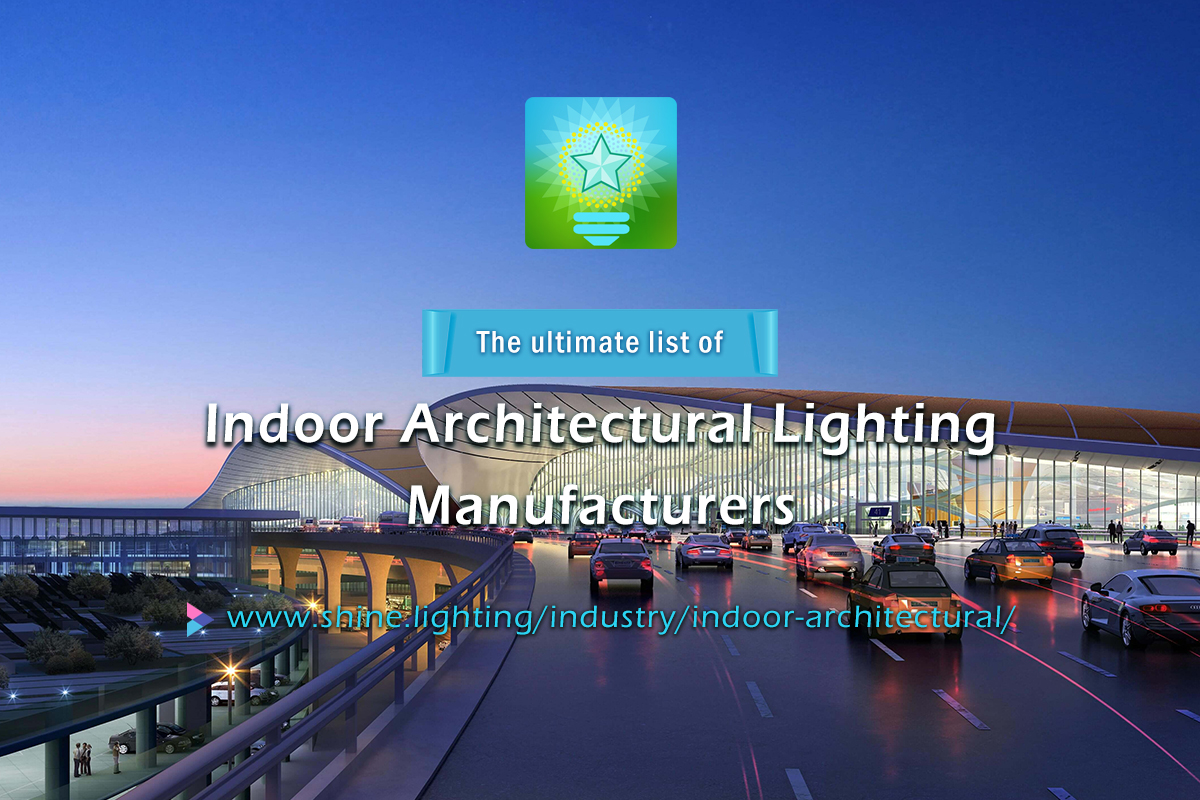
Outdoor architectural lighting
Outdoor architectural lighting has broader objectives, including safety, security, visibility, and aesthetic enhancement. Architectural lighting adds visual interest to outdoor spaces by creating contrasts, textures, and shadows. The interplay of light and shadow enhances the natural beauty of the outdoor environment, creating a visually rich and harmonious landscape. Architectural lighting gives structures and spaces a distinct nighttime identity. Iconic buildings, landmarks, and public spaces can become recognizable and memorable features of a cityscape when creatively illuminated during the evening hours. The design of
outdoor lighting can be customized to create various atmospheres, from inviting and warm to modern and sleek, depending on the desired aesthetic goals for a particular outdoor space. Outdoor architectural lighting may leverage color changing lights, animated patterns, and programmed sequences to create engaging and visually dynamic outdoor experiences. Outdoor architectural lighting extends the usability of outdoor spaces into the evening and nighttime. This is particularly important for public spaces, parks, and recreational areas where people gather for various activities. Outdoor architectural lighting is designed to provide sufficient illumination in outdoor spaces, pathways, and walkways to ensure safe navigation during nighttime. Adequate lighting improves visibility, allowing occupants and visitors to identify potential dangers or obstructions in outdoor environments. Outdoor architectural lighting also serves as a deterrent to unwanted activities by minimizing dark and shadowed areas.
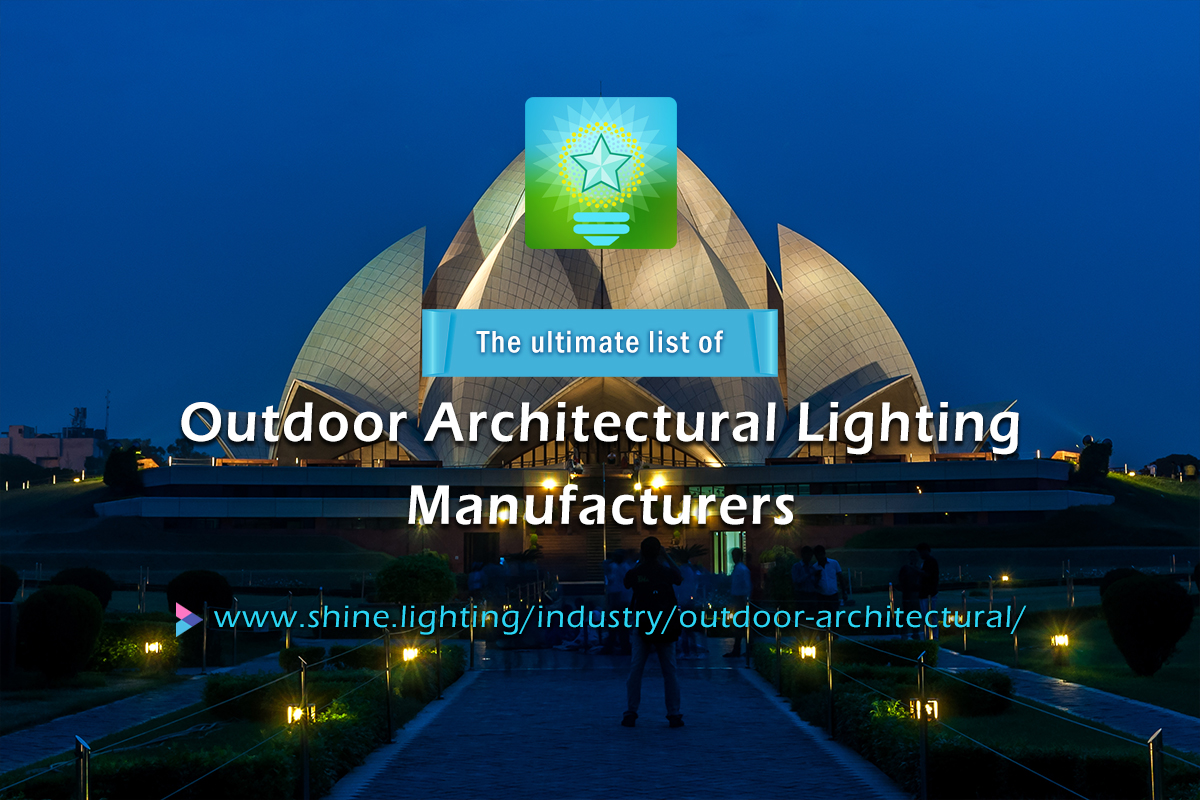
Types of architectural lighting
Architectural lighting encompasses various types. Whether it's providing general visibility, accentuating features, or contributing to the overall design aesthetic, each type of architectural lighting serves a unique purpose in enhancing the visual appeal and functionality of architectural spaces. Ambient lighting, also known as general lighting, provides overall illumination to a space. It serves as the foundational layer that supports other lighting elements, contributing to the overall functionality and aesthetics of a space. Task lighting is directed to a particular area where a specific activity or task is being performed. Different types of task lighting are tailored to specific applications, such as
desk lamps for reading or working,
under cabinet lighting for kitchen tasks, and
floor lamps for crafting or sewing. Accent lighting is employed to emphasize and draw attention to specific focal points within a space. It directs the viewer's gaze toward architectural details, artworks, or decorative elements that contribute to the overall design concept. By selectively illuminating certain features or objects, accent lighting adds depth and interest, enhancing the overall aesthetic experience of the space. Various fixtures, such as
track lights, wall-mounted fixtures,
recessed spotlights, and
picture lights, can be used for accent lighting.
Cove lighting involves hiding light fixtures within architectural elements, such as ledges, recesses, or architectural moldings. This type of lighting is often used to enhance the overall ambiance of a space, provide a sense of depth, and contribute to a visually appealing environment.
Wall washing works to visually expand spaces, create a sense of openness in architectural designs, and contributes to the overall ambiance of a space.
The use of LED technology in architectural lighting applications brings about a range of advantages and creative opportunities, transforming the way we illuminate and enhance built environments. While the initial investment in LED fixtures might be higher, the long-term energy savings in energy bills make LED lighting economically viable over the lifespan of the fixtures. The extended life of LED lights means less frequent replacement, reducing maintenance costs and efforts. The durability of LED technology makes it particularly suitable for architectural applications where longevity and reliability are crucial. The small size of LEDs facilitates the creation of light fixtures that can be integrated into small, confined or irregular spaces within architectural structures. LED technology empowers designers to explore and experiment with a wide range of shapes, sizes, and configurations for LED-based light fixtures. This flexibility encourages innovation and uniqueness in architectural lighting designs. The directional nature of LED light enhances the precision and effectiveness of architectural lighting designs. The dimming capability of LEDs is valuable in creating dynamic lighting effects, enhancing visual comfort, and optimizing energy efficiency. The integration of LED architectural lighting into smart systems offers advanced features such as centralized control, automation, and programmability.
System design and integration
Architectural lighting is a dynamic intersection of art and technology, with the advent of LED lighting playing a pivotal role in shaping the contemporary landscape. The artistic aspect of architectural lighting fixtures often involves the exploration of innovative forms and shapes. Designers leverage technological advancements to create fixtures with unique and unconventional designs that go beyond traditional lighting concepts. LED technology, in particular, allows for the creation of sleek, compact, and versatile forms that were once challenging to achieve. While the artistic vision is paramount, technology plays a critical role in the creation of modern architectural lighting fixtures. The design, engineering, and construction of architectural LED lights require a holistic approach that considers not only the visual and aesthetic aspects but also the technical, functional, environmental, and human-centric dimensions. The performance of an LED luminaire is influenced by various components that collectively contribute to its functionality, efficiency and longevity. While the LED package sets the foundational specifications for an LED systems, other tightly interdependent factors such as fixture design,
thermal management, optical control, the
LED driver and control system, are fundamental elements that make up the LED system. The collective behavior and interactions of all the constitutive parts under different stress conditions determine the overall performance of the LED system. A well-designed system that can effectively manage environmental and operational stresses is likely to exhibit better performance over its operational life.
Outdoor lighting fixtures often require more robust designs to withstand exposure to various environmental elements, including rain, wind, UV radiation, and temperature fluctuations.
Lighting control
The controllability of LED lighting sets it apart from traditional lighting technologies. LED lighting can be tailored to specific applications through controllability. Whether it's adjusting the lighting in retail spaces, creating dynamic displays in entertainment venues, or optimizing task lighting in offices, the ability to control LED lighting allows for customization based on the requirements of different environments. The dimming functionality is not only energy-efficient but also provides flexibility in creating different atmospheres and moods. This feature is particularly valuable for creating
tunable white and color changing lighting systems. The implementation of tunable white lighting is a key aspect of human centric lighting. Lighting systems can be programmed to change throughout the day, with variations in intensity and color to simulate the natural progression of sunlight. Architectural lighting is no longer limited to the basic whites. The ability to produce a full spectrum of colors through
RGB color mixing is instrumental in creating engaging and immersive experiences. It transforms buildings and spaces into dynamic canvases where lighting becomes a dynamic and integral part of the architectural expression and user experience. The integration of advanced control systems into LED luminaires introduces a high degree of variability, enabling enhanced functionality, customization, and adaptability to different lighting scenarios. This trend aligns with the growing demand for intelligent and customizable lighting solutions in various architectural settings, including residential, commercial, and architectural environments.
The integration of
smart lighting technologies enhances the functionality and control of architectural lighting.
Smart lighting systems can be programmed to adapt and respond to changing conditions. Features such as
occupancy sensors, daylight harvesting, and automated energy management help optimize energy consumption. The precision control offered by smart lighting systems allows for the creation of specific atmospheres and moods within architectural spaces. This can be achieved through color-changing capabilities, dimming options, and carefully curated lighting designs. Smart lighting opens up innovative design possibilities in architectural lighting. Dynamic lighting installations, interactive elements, and creative use of color-changing capabilities complement contemporary architectural designs to achieve unique and visually striking designs. Through data-driven insights, enhanced control, and integration with building systems,
Internet of Things (IoT) contributes to the practical and strategic significance of implementing intelligent lighting solutions in architectural contexts. Through
IoT, smart architectural lighting gains enhanced control and automation capabilities. The integration facilitated by
IoT allows lighting systems to exchange data with other building systems and
IoT platforms.







